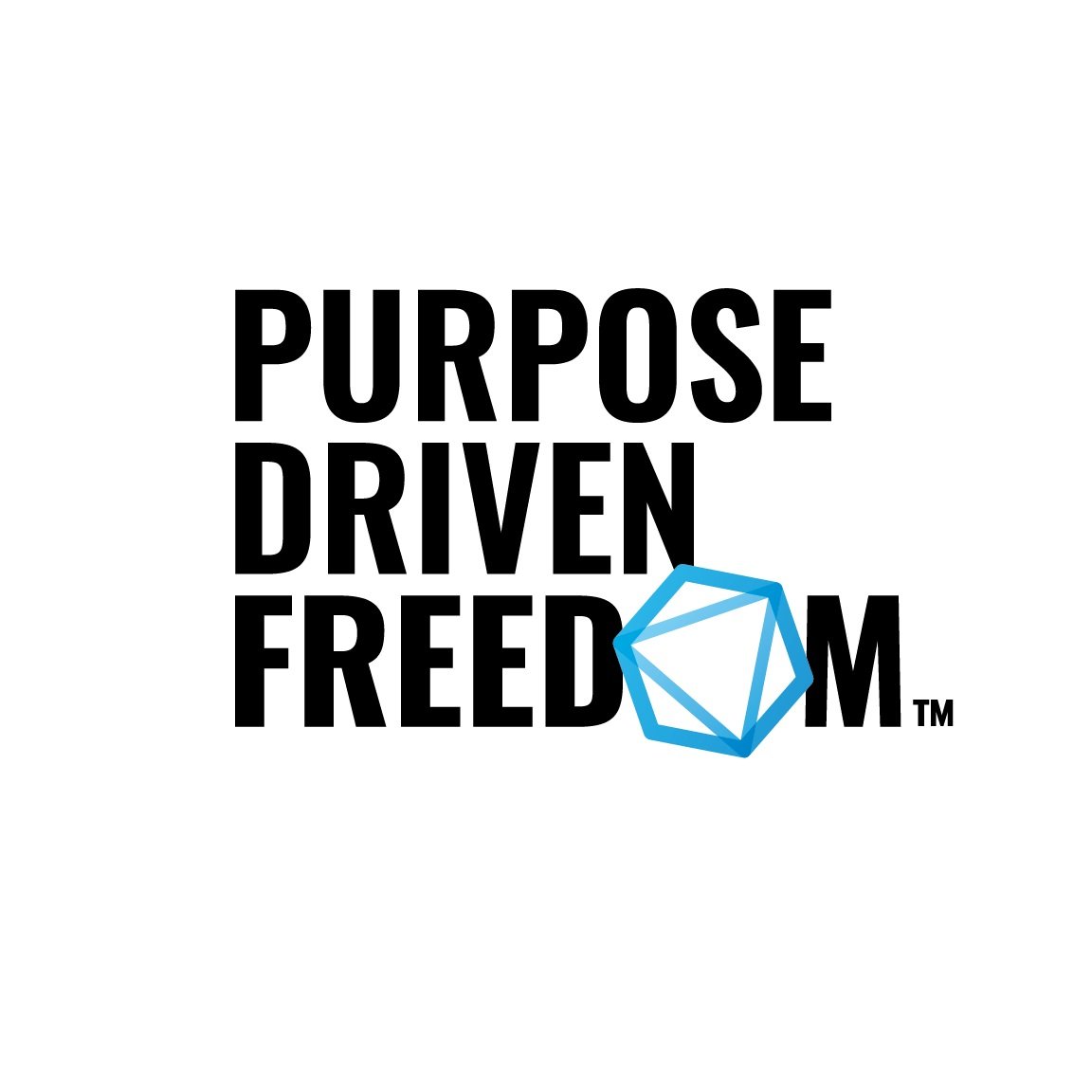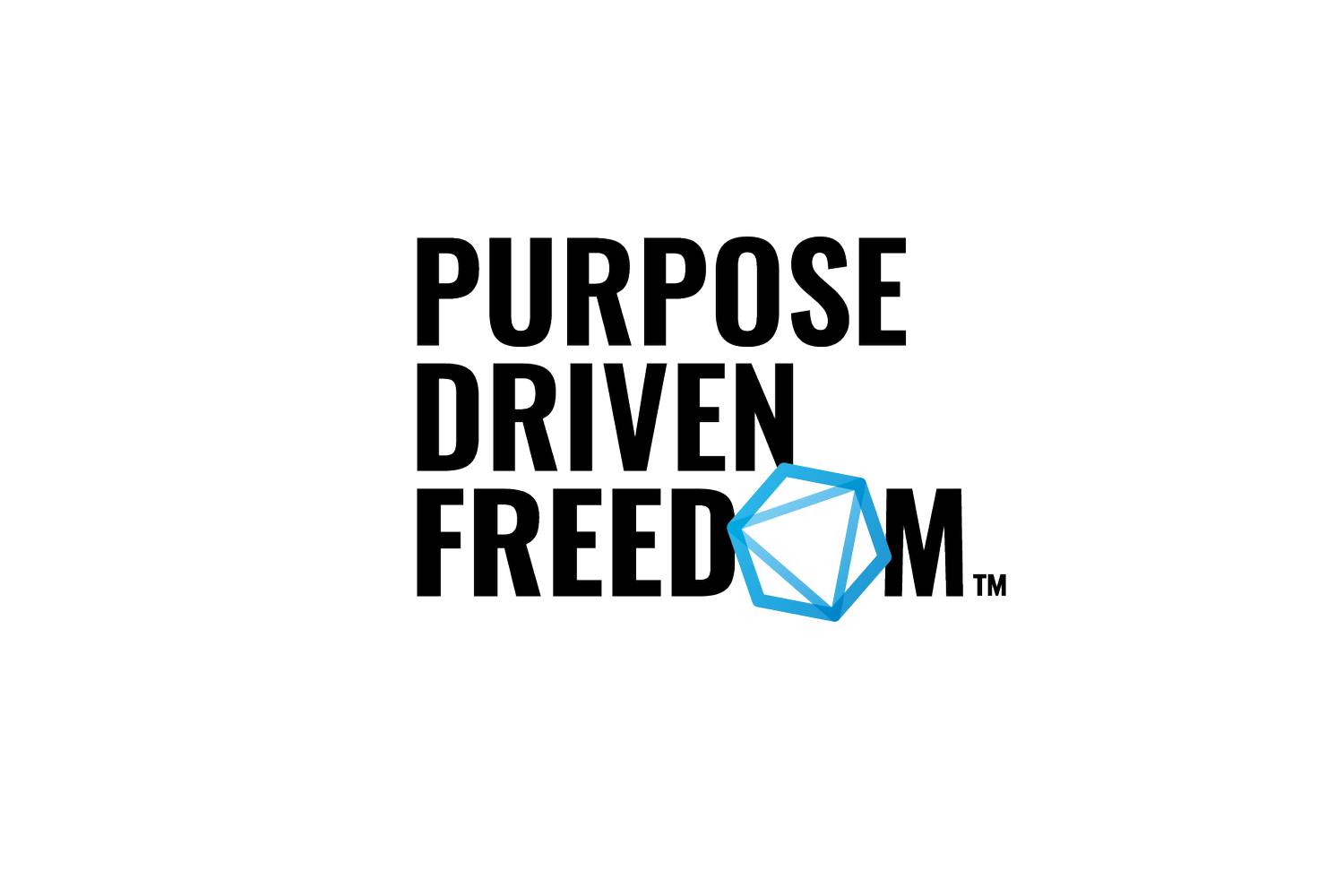Bridging the Knowledge Gap for Business Continuity
In today's fast-paced and competitive business environment, knowledge is a valuable asset. The expertise, insights, and experience of key employees play a crucial role in driving innovation, maintaining operational efficiency, and ensuring long-term success. However, many businesses face the challenge of a knowledge gap, where critical knowledge and skills are concentrated in a few individuals. This is where succession planning becomes not just important, but essential for business continuity and growth.
Understanding the Knowledge Gap
The knowledge gap refers to the disparity between the knowledge and skills needed to sustain business operations and the actual capabilities of current employees. This gap can arise due to various factors, including:
Retirement and Turnover: As experienced employees retire or leave the organization, they take with them valuable knowledge that may not be adequately documented or transferred to others.
Specialized Expertise: Certain roles within an organization require specialized knowledge or skills that are unique to individual employees, creating a risk if those individuals are not available or accessible when needed.
Technological Advancements: Rapid advancements in technology can lead to knowledge gaps if employees do not keep up with new tools, processes, or best practices.
Changing Business Landscape: Shifts in market trends, customer preferences, or regulatory requirements may require new knowledge and skills that current employees may lack.
The Role of Succession Planning
Succession planning is not just about filling leadership positions; it's about proactively managing the knowledge and talent within an organization to ensure continuity and resilience. Here's why business owners should prioritize succession planning to address the knowledge gap:
Knowledge Retention: Succession planning involves identifying key knowledge holders within the organization and implementing strategies to capture, document, and transfer their knowledge to successors. This prevents critical knowledge from being lost when employees leave or retire.
Skill Development: By identifying future leaders and high-potential employees, succession planning provides opportunities for skill development and training to bridge knowledge gaps and prepare individuals for expanded roles.
Risk Management: The knowledge gap poses risks to business continuity, innovation, and customer satisfaction. Succession planning mitigates these risks by ensuring that there are capable individuals ready to step into key roles and maintain operations seamlessly.
Promoting Collaboration: Succession planning encourages knowledge sharing and collaboration across teams and departments, fostering a culture of continuous learning and cross-functional expertise.
Key Components of Effective Succession Planning
To effectively address the knowledge gap through succession planning, business owners should consider the following components:
Identifying Critical Roles: Identify roles that are essential for business operations and success, as well as the knowledge and skills required for those roles.
Talent Assessment: Evaluate current employees to identify high-potential individuals who can fill critical roles in the future. Assess their knowledge, skills, and leadership capabilities.
Development Plans: Create personalized development plans for potential successors, including training, mentoring, and on-the-job experiences to enhance their capabilities and fill knowledge gaps.
Knowledge Transfer: Implement knowledge transfer strategies such as shadowing, mentoring relationships, documentation of best practices, and cross-training to ensure a smooth transition of knowledge from experienced employees to successors.
Continuous Monitoring and Review: Regularly review and update succession plans based on changes in business needs, employee performance, and external factors to ensure ongoing alignment with organizational goals.
Knowledge gap poses significant challenges for businesses, but effective succession planning can bridge this gap and ensure continuity, innovation, and long-term success. Business owners who invest in succession planning not only protect their organizations from knowledge loss but also create opportunities for growth, development, and collaboration among their teams.

